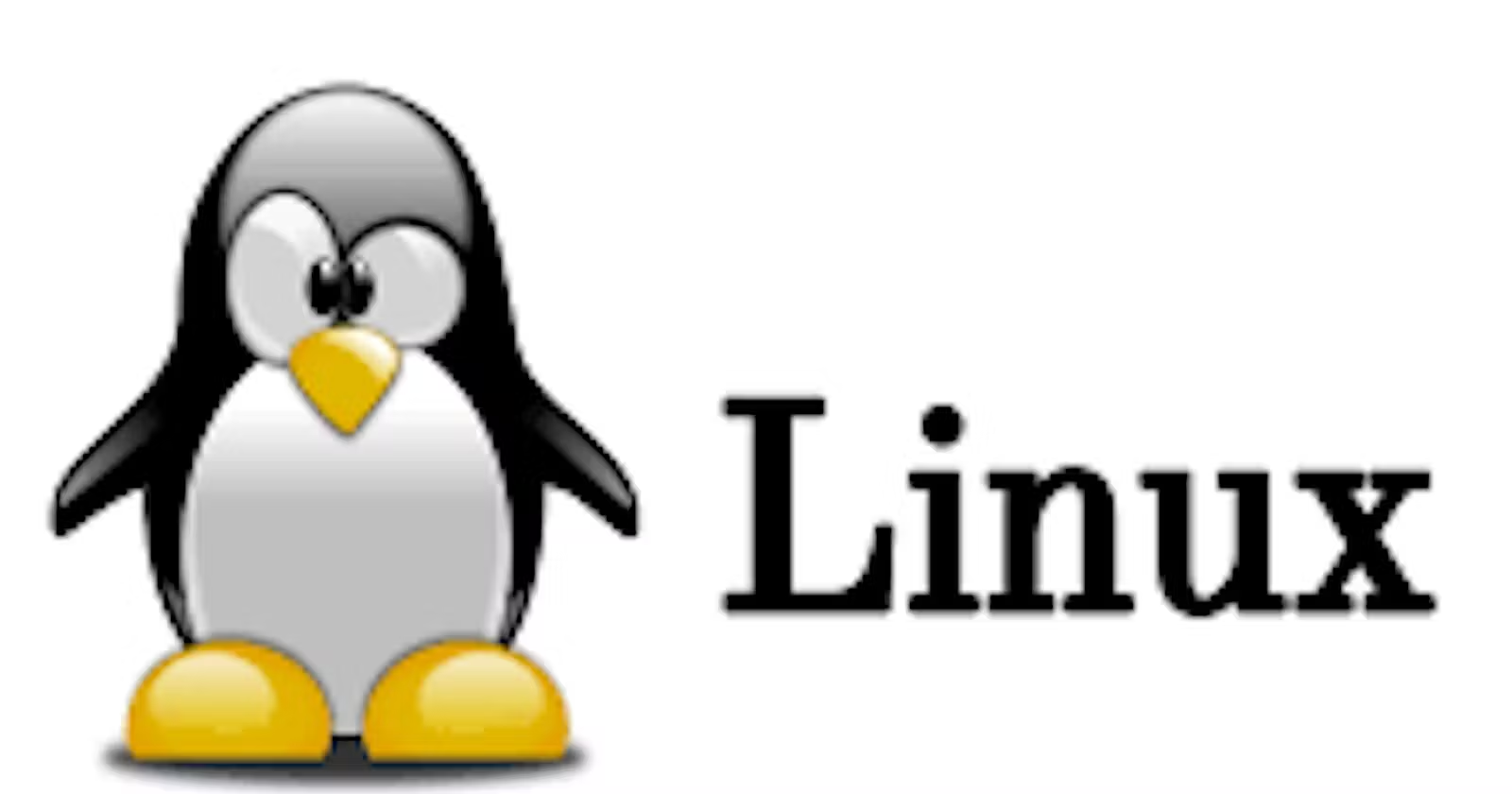Day 2 - Exploring the World of Linux: 🐧
 Vaishnavi Shivde
Vaishnavi Shivde
Linux is a powerful and versatile operating system that has been a cornerstone of the tech world for decades. 🌐 Whether you're a tech enthusiast or just starting to dive into the world of computing, understanding what Linux is and its key features can be immensely helpful. Let's embark on a journey to uncover the essence of Linux! 🚀
What is Linux? 🤔
At its core, Linux is an open-source operating system kernel. 🌱 It was created by Linus Torvalds in 1991 and has since become the foundation for a plethora of operating systems, known as "Linux distributions" or "distros." 🖥️ Linux is designed to be highly customizable, making it a favorite among developers, researchers, and hobbyists alike. 🛠️
Features of Linux 🌟
Linux boasts an array of features that contribute to its popularity and success:
Open Source Freedom: Linux's source code is open for everyone to view, modify, and distribute. This fosters collaboration and innovation. 👨💻👩💻
Security and Stability: Linux is renowned for its robust security features and stability. It's less prone to crashes and malware attacks. 🔒🛡️
Multitasking Magic: Linux excels at multitasking, allowing users to run multiple applications simultaneously without significant performance drops. 📁💼
Command-Line Interface (CLI): While Linux has a graphical interface, its CLI provides advanced users with powerful control over the system. 💬💻
Software Diversity: A vast range of software is available for Linux, catering to various needs and preferences. 📦🔍
Customizability: Users can customize almost every aspect of Linux, from the desktop environment to system components. 🎨✨
Flavors of Linux 🍦
Linux comes in a variety of "flavors" or distributions, each tailored to specific use cases and preferences:
Ubuntu: User-friendly and great for beginners. 🌌
Fedora: Emphasizes the use of cutting-edge software. 💠
Debian: Known for its stability and large software repository. 📚
CentOS: Popular for servers, thanks to its focus on stability. 🖥️
Arch Linux: Appeals to enthusiasts who want total control and a DIY approach. 🔧
Linux Mint: Aiming for a classic desktop experience with added usability. 🖥️
openSUSE: Offers a balance between cutting-edge and stability, with different desktop options. 🌄
Architecture of Linux 🏛️
Linux's architecture is designed for efficiency and modularity:

Kernel: The heart of Linux, managing hardware resources and providing essential services.
System Libraries: Libraries like GNU C Library provide essential functions for programs.
System Tools: Essential tools for managing files, processes, and more.
Shell: The user interface to access the system's services, either through CLI or GUI.
Desktop Environment: GUI that includes the interface, windows, icons, etc.
Applications: Software that users directly interact with, like browsers, text editors, etc.
Day 2 Task: Basics linux command
Check your present working directory.
The pwd command is used to display the location of the current working directory.

List all the files or directories including hidden files.
The ls -a command is used to display a list of content of a directory, including hidden files and directories.

Create a nested directory A/B/C/D/E
The mkdir -p command is used to create a new directory under any directory.

Here, mkdir A/B/C/D/E: Creates a nested directory structure named A inside which is B, then C, and so on. The -p option (e.g., mkdir -p A/B/C/D/E) ensures that all parent directories are created if they don't already exist.
Conclusion
Linux is an exceptional operating system known for its open-source nature, stability, security, customizability, and robust architecture. With its diverse flavors and vast array of features, Linux continues to be a favorite choice for individuals and organizations seeking a reliable and versatile computing environment. 🐧🌟🍃🖥️
Thank you for the reading! Keep Supporting, learning and growing with each other.
Subscribe to my newsletter
Read articles from Vaishnavi Shivde directly inside your inbox. Subscribe to the newsletter, and don't miss out.
Written by
Vaishnavi Shivde
Vaishnavi Shivde
Aspiring DevOps Engineer | Linux | Git & Github | Shell Scripting | Docker | CI/CD Jenkins | Kubernetes | AWS | Terraform | JIRA | Python |